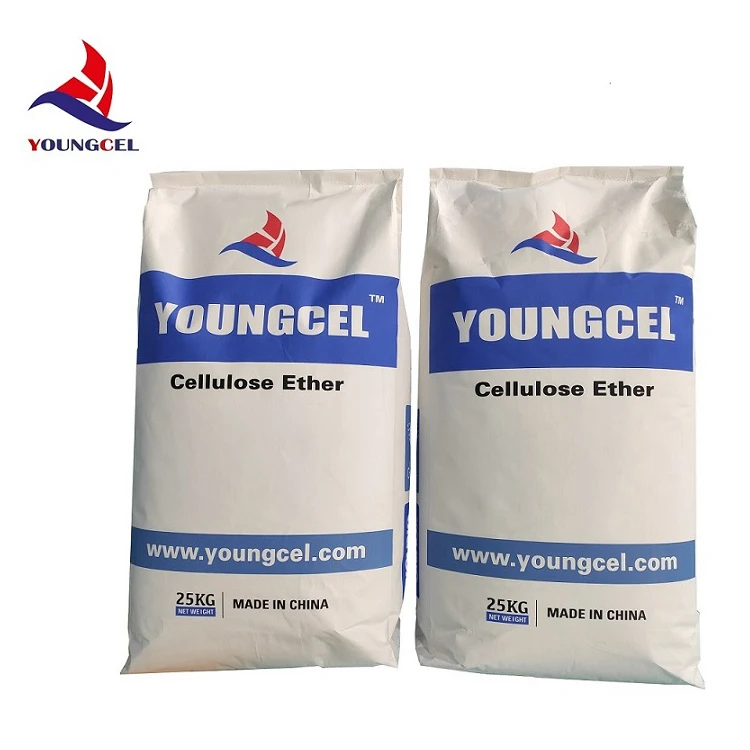The Cellulose Market Price Trends and Implications
Cellulose, the most abundant organic polymer on earth, plays a critical role in various industries, including food, pharmaceuticals, textiles, and biofuels. As the demand for sustainable materials grows, so does interest in cellulose and its derivatives. Understanding the current trends in the cellulose market price is essential for businesses, investors, and consumers alike.
The Factors Influencing Cellulose Prices
The pricing of cellulose is influenced by several key factors
1. Raw Material Availability Cellulose is predominantly sourced from wood pulp, agricultural residues, and cotton. The availability of these raw materials is subject to climatic conditions, agricultural yields, and logging regulations. For instance, a harsh weather season affecting crop yields may result in a tighter supply of raw materials, driving prices up.
2. Production Costs The cost of producing cellulose has implications for its market price. This includes labor costs, energy prices, and technological advancements in manufacturing processes. As energy prices fluctuate, mills may pass on these costs to consumers in the form of higher prices for cellulose products.
3. Global Demand The demand for cellulose is rising globally, particularly due to the increased push for eco-friendly and biodegradable materials. Industries such as packaging, textiles, and pharmaceuticals are integrating cellulose into their products for its biodegradable properties, leading to increased market competition and price adjustments.
4. Trade Policies and Tariffs International trade agreements and tariffs can significantly impact cellulose prices. Countries that export raw cellulose or its derivatives may face tariffs that can raise costs for importers. For example, trade disputes can lead to unexpected price surges or drops, complicating market stability.
5. Technological Innovations Emerging technologies in cellulose processing can lead to more efficient production methods and lower costs. Innovations such as nanocellulose production have opened up new markets and applications, potentially affecting supply-demand dynamics.
Current Trends in the Cellulose Market
cellulose market price

As of late 2023, the cellulose market has experienced notable trends
- Rising Prices In recent months, cellulose prices have seen a significant increase, largely due to disruptions in supply chains caused by climatic disasters and geopolitical tensions. The paper industry, recovering from the impacts of the COVID-19 pandemic, has also contributed to increased demand.
- Sustainability Demand The global push for sustainability has led to heightened interest in cellulose-based products, including biodegradable packaging and eco-friendly textiles. This demand is vital in determining price stability. Companies that invest in sustainable processing methods may become leaders in the market, influencing pricing strategies.
- Investment in Research and Development As businesses look to capitalize on cellulose's versatility, investments in R&D are rising. Companies focusing on new cellulose applications, such as nanotechnology in medical devices or advanced biofuels, may shift market dynamics and lead to price fluctuations.
Implications for Stakeholders
For businesses involved in the cellulose supply chain, understanding market price trends is essential for strategic planning. Companies may need to explore diversifying their supply sources or investing in innovative technologies to mitigate rising costs.
Consumers, on the other hand, can expect to see these price changes reflected in the costs of products that incorporate cellulose. As more industries adopt sustainable practices, the price of cellulose-based products might stabilize or even decrease in the long term if production efficiencies are achieved.
Investors looking to enter this market should consider the potential for growth in the cellulose sector. With increasing focus on sustainability, companies that are innovating and adapting to meet consumer demand may offer attractive returns.
Conclusion
The cellulose market is in a dynamic phase, influenced by a myriad of economic, environmental, and technological factors. Stakeholders should remain vigilant to market trends and adapt their strategies accordingly. As industries and consumers alike continue to prioritize sustainability, cellulose's role as a fundamental resource is likely to grow, shaping market prices and opportunities for years to come.
-
Rdp Powder: Key Considerations for Wholesalers in the Building Materials IndustryNewsJul.08,2025
-
Key Considerations for Wholesalers: Navigating the World of Hpmc - Based ProductsNewsJul.08,2025
-
Hpmc Detergent: Key Considerations for WholesalersNewsJul.08,2025
-
Key Considerations for Wholesalers: China Hpmc For Tile Adhesive, Coating Additives, Concrete Additives, and MoreNewsJul.08,2025
-
Crucial Considerations for Wholesalers: Navigating the World of Construction MaterialsNewsJul.08,2025
-
Key Considerations for Wholesalers Sourcing Additive For Cement, Additive For Concrete, Additive For Putty from Additive Manufacturer Shijiazhuang Gaocheng District Yongfeng Cellulose Co., Ltd.NewsJul.08,2025




